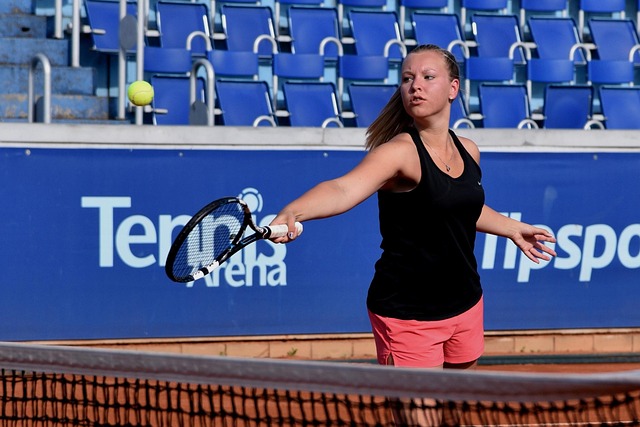Holistic athletic recovery approaches gain prominence in sports science, shifting from traditional rest-and-train methods to a multi-dimensional view. This includes mindfulness meditation for stress management and improved post-exercise recovery, strategic nutrition to support muscle repair and inflammation reduction, active recovery techniques like low-impact movement and stretching, and integrating nature into routines for enhanced physical and mental well-being. By addressing physical, mental, and emotional aspects, athletes can optimize their recovery process, reduce injury risk, improve performance, and foster sustainable success.
In the pursuit of peak athletic performance, traditional approaches to recovery often overlook the interconnectedness of the mind and body. This article explores holistic regenerative strategies that revolutionize athletic recovery. We delve into innovative paradigms, from mindfulness practices and optimal nutrition to active techniques and nature-based therapies. Discover how these comprehensive methods enhance post-exercise restoration, ultimately fueling athletes for superior performance. Uncover the secrets to effective athletic recovery, tailored to meet the demands of today’s elite competitors.
- Understanding Holistic Regeneration: A New Paradigm for Athletic Recovery
- The Role of Mindfulness and Meditation in Enhancing Post-Exercise Recovery
- Nutrition as a Cornerstone: Fueling the Body for Optimal Athletic Recovery
- Active Recovery Techniques: Moving Beyond Rest for Improved Athletic Performance
- Integrating Nature and Movement: The Therapeutic Benefits for Athletes
Understanding Holistic Regeneration: A New Paradigm for Athletic Recovery

In the pursuit of peak athletic performance, traditional approaches to recovery often focus solely on physical aspects such as rest and repetitive training. However, a revolutionary concept emerging in sports science is holistic regenerative approaches, which view an athlete’s well-being as an interconnected web of physical, mental, and emotional elements. This paradigm shift recognizes that athletic recovery isn’t merely about returning to training but restoring balance across multiple dimensions. By embracing a holistic perspective, athletes can unlock their body’s innate ability to heal and adapt more effectively.
Holistic regenerative strategies encompass various techniques designed to nurture the entire being of an athlete. These may include practices like mindfulness meditation for mental resilience, nutritional interventions tailored to individual needs, and innovative therapies that target muscle repair and tissue regeneration. By addressing these diverse aspects, athletes can enhance their overall recovery process, reducing injury risk and improving performance over time. This approach not only accelerates physical rehabilitation but also fosters a deeper sense of well-being, empowering athletes to achieve sustainable success in their sport.
The Role of Mindfulness and Meditation in Enhancing Post-Exercise Recovery
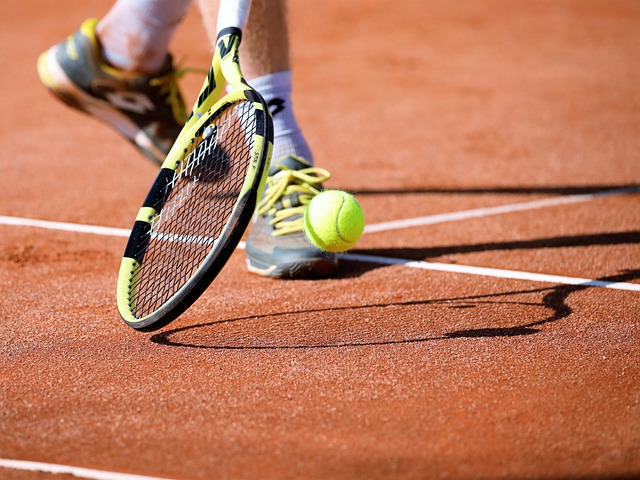
In the pursuit of optimal athletic performance, holistic regenerative approaches have gained prominence, and for good reason. Beyond physical training and proper nutrition, the role of mindfulness and meditation in enhancing post-exercise recovery cannot be overstated. These ancient practices offer a calming effect on both mind and body, helping athletes manage stress, improve focus, and cultivate a deeper sense of awareness during intense workouts and competitive events.
By integrating mindfulness into their routines, athletes can enhance their athletic recovery through improved sleep quality, reduced muscle soreness, and quicker mental fatigue dissipation. Meditation techniques like mindful breathing and progressive muscle relaxation allow for better oxygen distribution in the body, accelerating metabolism and promoting faster healing of muscles strained during exercise. This holistic approach not only supports physical regeneration but also nurtures mental resilience, a critical component for peak athletic performance and overall well-being.
Nutrition as a Cornerstone: Fueling the Body for Optimal Athletic Recovery
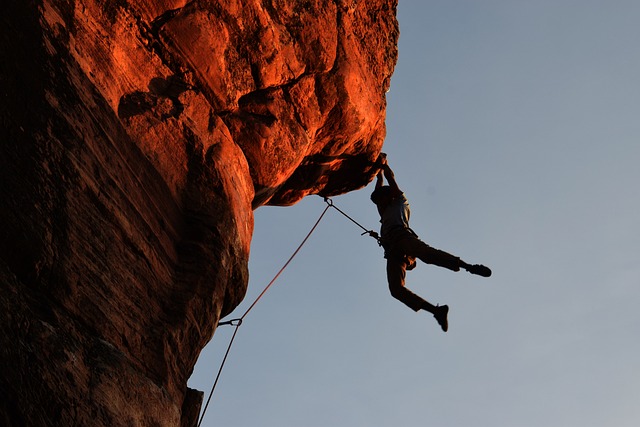
Nutrition plays a pivotal role in holistic regenerative approaches for athletes, serving as the cornerstone for optimal athletic recovery. A well-balanced diet that prioritizes whole foods, lean proteins, complex carbohydrates, and healthy fats is essential to replenish energy stores, reduce inflammation, and support muscle repair. Timing meals and snacks strategically around workouts and rest periods can further enhance nutrient absorption and aid in the body’s natural healing processes.
When it comes to athletic recovery, hydration cannot be overstated. Staying properly hydrated helps maintain optimal bodily functions, including temperature regulation, joint lubrication, and overall performance. Additionally, incorporating specific nutrients like antioxidants, omega-3 fatty acids, and branched-chain amino acids (BCAAs) can help combat muscle soreness, reduce oxidative stress, and accelerate the recovery process.
Active Recovery Techniques: Moving Beyond Rest for Improved Athletic Performance
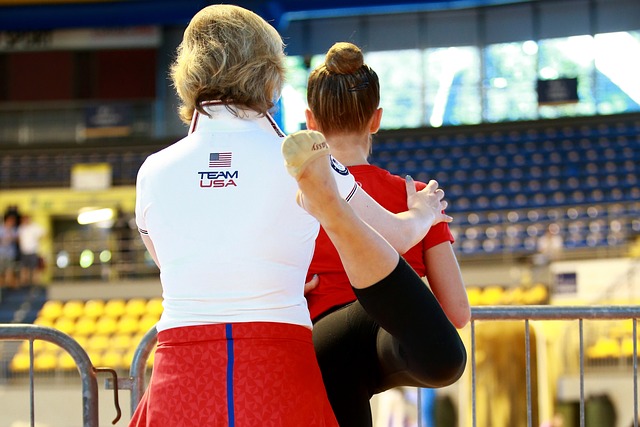
In the pursuit of peak athletic performance, athletes often focus heavily on training and less on recovery. However, a holistic regenerative approach recognizes that active recovery is just as vital for improved performance. Techniques like low-impact movement, stretching, yoga, and light exercise not only aid in muscle repair but also enhance blood flow, promoting the removal of metabolic waste products that can hinder athletic prowess.
By moving beyond passive rest, athletes can stimulate their body’s natural healing processes more effectively. Active recovery strategies help to maintain mobility, flexibility, and range of motion, all of which are crucial for optimal physical function. Moreover, these techniques contribute to better mental clarity and resilience, enabling athletes to approach training sessions with renewed energy and focus.
Integrating Nature and Movement: The Therapeutic Benefits for Athletes
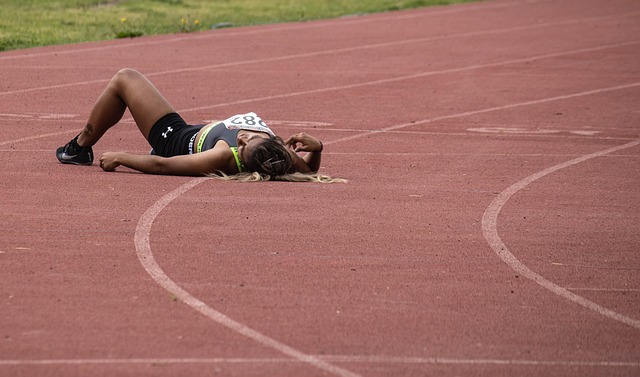
Integrating nature and movement offers athletes a powerful holistic approach to athletic recovery. Spending time outdoors, whether it’s hiking, forest bathing, or simply walking in green spaces, can significantly enhance physical and mental well-being. Research shows that being in natural environments reduces stress levels, improves mood, and boosts the immune system – all essential factors for an athlete’s overall health. The therapeutic benefits extend to movement practices like yoga or tai chi performed outdoors, combining the calming effects of nature with restorative exercises.
This fusion of nature and movement can accelerate athletic recovery by promoting better sleep, reducing muscle soreness, and improving flexibility. The natural setting provides a peaceful atmosphere, allowing athletes to disconnect from training pressures and reconnect with their bodies. Additionally, the varied terrain and environments offer unique challenges that stimulate the body in new ways, contributing to balanced strength and conditioning.
Holistic regenerative approaches offer a revolutionary way to enhance athletic performance and well-being. By combining mindfulness, nutrition, active recovery techniques, and nature integration, athletes can achieve optimal recovery and sustain peak physical condition. Embracing these holistic strategies not only accelerates post-exercise restoration but also fosters resilience and long-term athletic success, ensuring that the body and mind work in harmony to conquer new heights.
